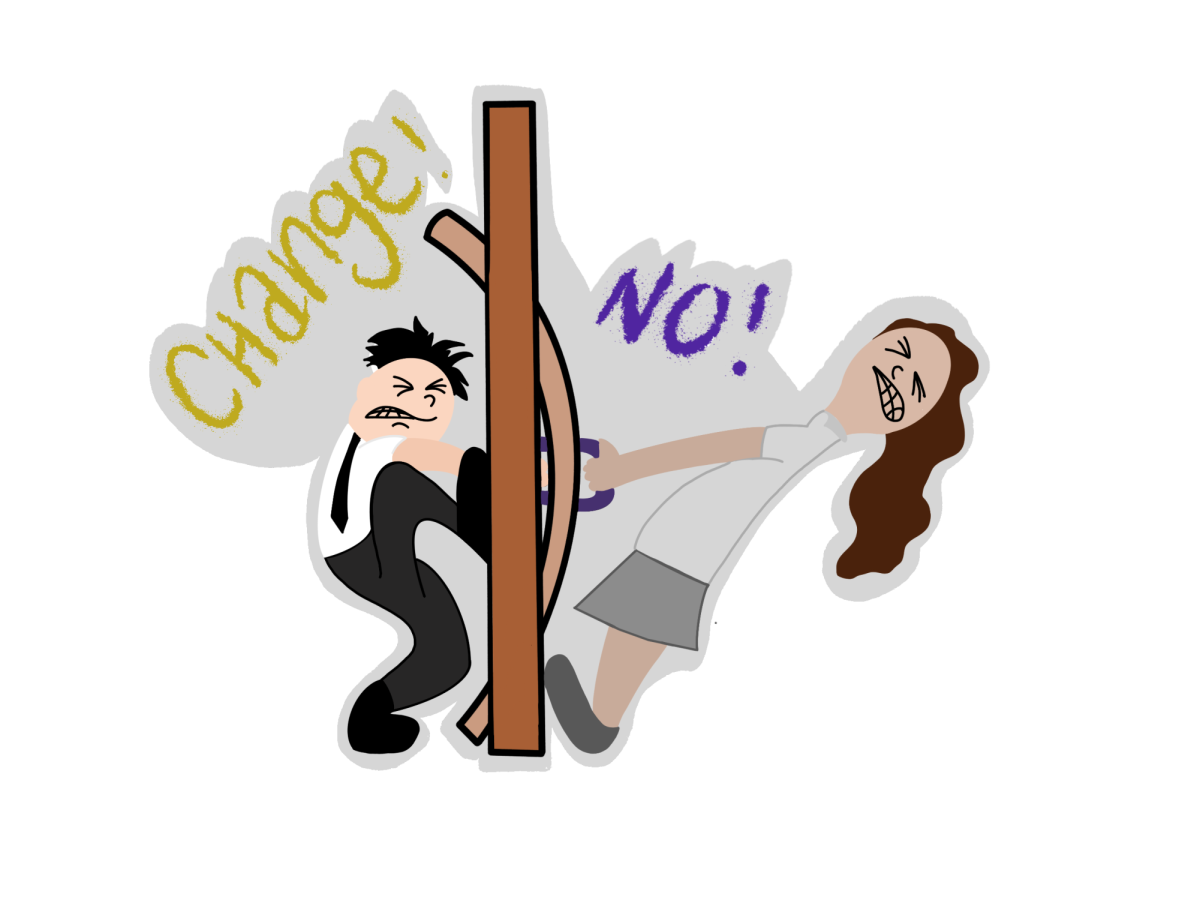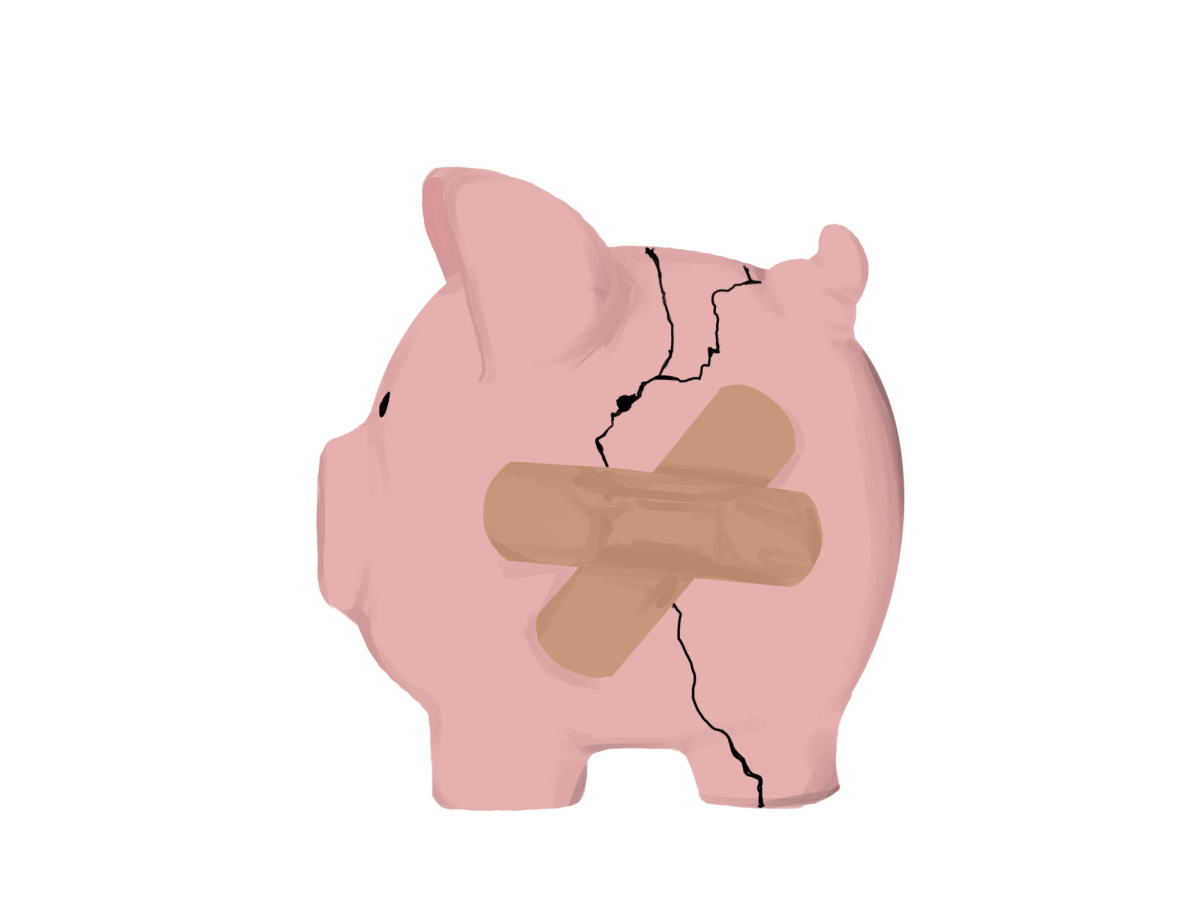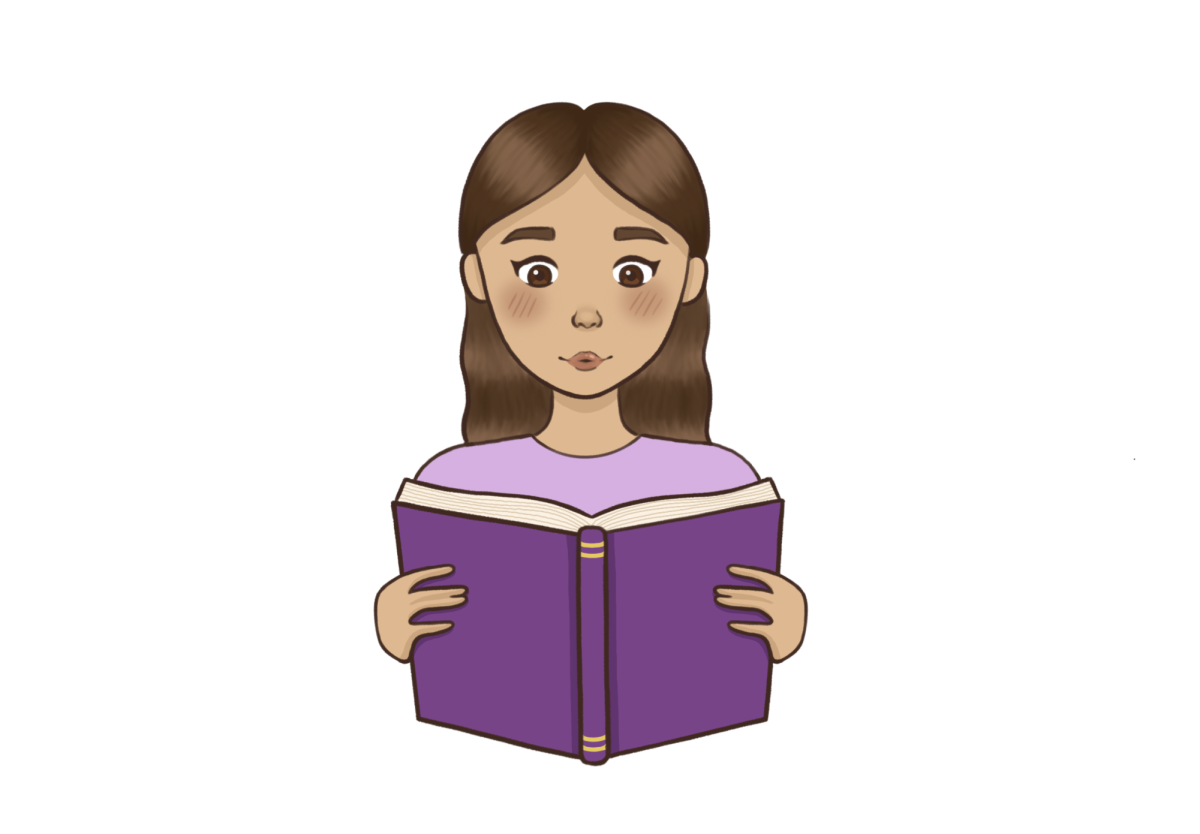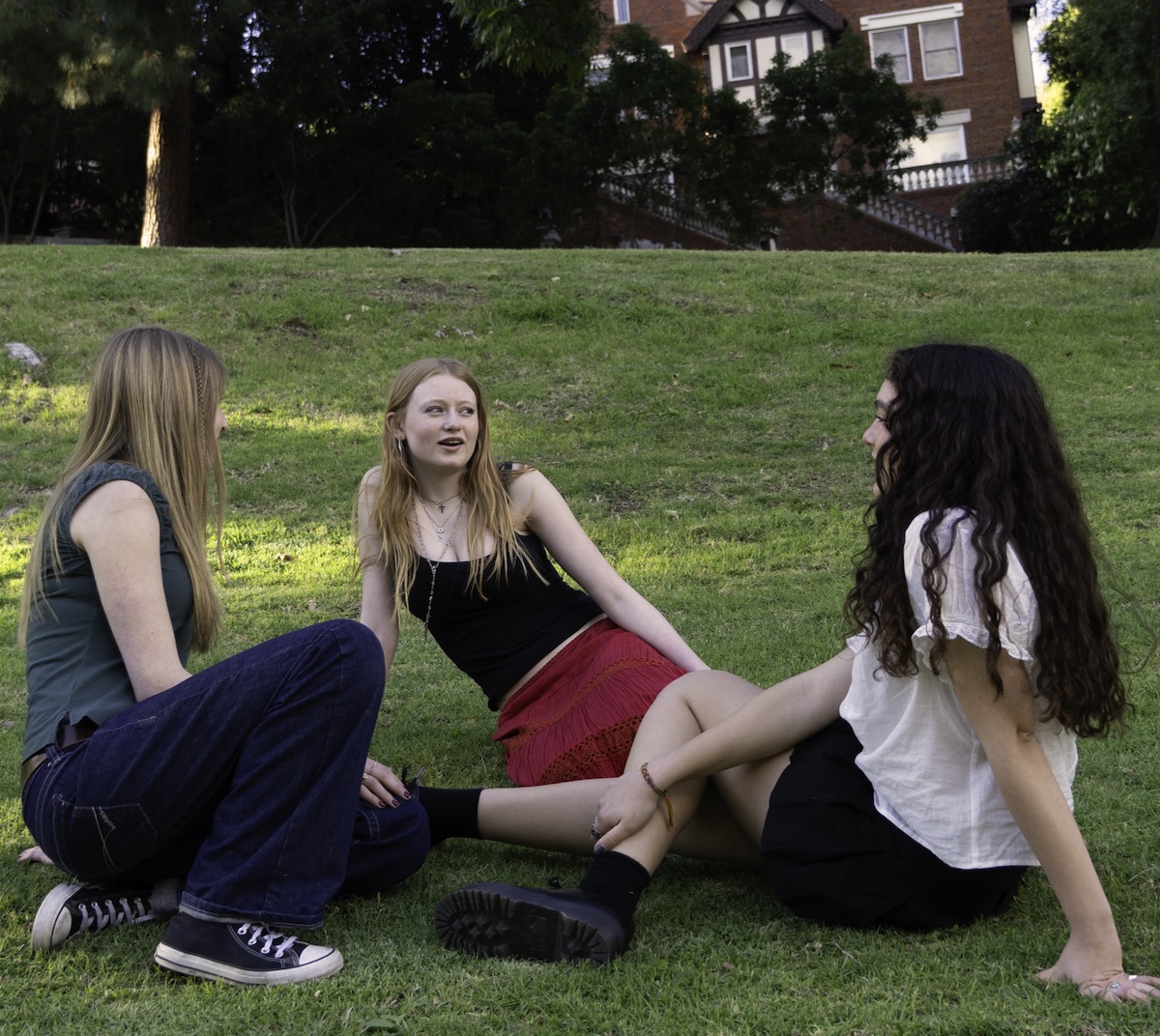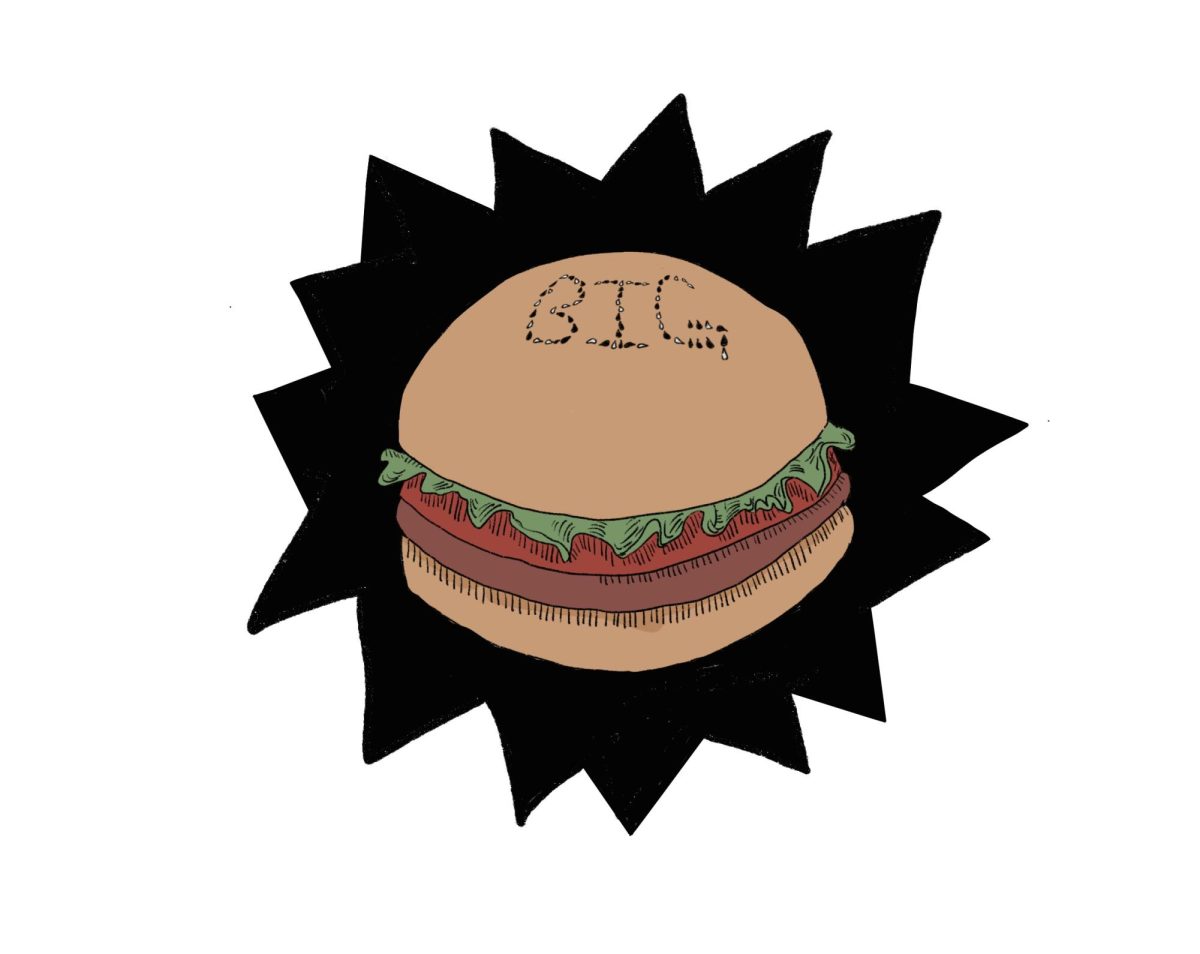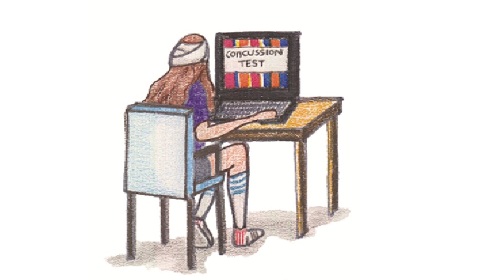
By: Annabelle ’15 and Haley ’15
As Varsity Soccer player Peyton ’15 leapt for a header in a game against Notre Dame High School Dec. 3, she was met in the air by a girl on the opposing team going for the ball at the same time and soon felt the back of her head slam against an unyielding soccer field.
After Varsity Soccer Coach Jeff Blumkin noted Peyton seemed dazed and then started playing the wrong position a few minutes later, she was taken to the emergency room at Cedars-Sinai Medical Centre for a suspected concussion. There, the attending doctor asked her standard questions, such as “Is the sound of my voice giving you a headache?” and “Do you hear ringing in your ears?” He labeled her concussion as mild, but three days later Dr. Bianca Edison, an orthopaedic surgeon who specializes in Sports Medicine at Children’s Hospital Los Angeles, offered a second opinion and determined Peyton’s concussion to be severe.
“I didn’t think it was that big of a deal, but then the doctors told me it was the most severe injury you can get,” Peyton said.
According to the Center for Disease Control (CDC), concussions in high school sports are at an epidemic level in the United States; the University of Pittsburgh’s Department of Neurological Surgery found there to be over 62,000 concussions sustained by high schoolers playing contact sports each year. Many studies, including research done after death on the brains of professional football players, show that concussions can lead to long-term brain damage, dementia or depression if not properly and immediately treated.
Furthermore, athletes who play sports too soon after a concussion could potentially suffer a second injury and experience the effects of Second Impact Syndrome (SIS), a potentially fatal condition in which a player sustains a second concussion before the effects of the first have fully subsided. As Peyton’s case shows, doctors can be inconsistent in their diagnosis of the severity of a concussion, which could mean the difference between life and death.
To mitigate the potential for SIS or other long-term damage done by concussions to vulnerable adolescent brains, the California State Assembly passed a bill on Jan. 12, 2012 known as AB 25, requiring any high school athlete suspected of sustaining a concussion to be removed immediately from the game and not allowed to return to play until a licensed physician has cleared him or her as fit.
But while AB 25 keeps concussed students off the playing field, the law doesn’t guarantee an athlete will receive proper care on the field or go to a hospital soon enough.
Although Marlborough is better prepared than most high schools to deal with athletic concussions, it is not clear whether merely following the new California law will truly allow other schools to cut down on severe brain injuries. Does being able to afford a full-time trainer on staff affect whether or not a school can enforce the law or give its students proper medical care?
HOW DO WE HANDLE IT?
The 2006-2007 edition of the Journal of Athletic Studies included a study showing that girls are more prone to concussions than boys in all sports played by both sexes; each year at Marlborough, about five athletes sustain concussions.
Prior to the establishment of AB 25, the Athletics Department was diligent about sending student athletes to the doctor in possible cases of concussion. Unlike many other schools in Los Angeles, Marlborough has employed a full-time Athletic Trainer since 2009. Current Athletic Trainer Sonya Zadeh attends all games and is on campus in the afternoons in case of student injury.
This year, for the first time Marlborough soccer and basketball players were required to take part in a baseline test, which asked a series of memory-oriented questions and gave girls a numerical score. In the event of a suspected concussion, the girl would be asked to repeat the test, and if she scored noticeably lower it would help determine whether or not she had a concussion.
Co-Captain of Varsity Soccer Marlyse ’13 said she thought the test was an improvement in helping keep girls safe because the test provides confirmation of a concussion through comparison of scores.
Her teammate Emily ’15 agreed.
“What reason is there to not have the test? It did not take long, and is helping to prevent damage in the future.”
In addition to baseline testing, the medical supervision provided by the School following a student’s concussion goes significantly beyond the requirements of AB 25.
“Once a student is cleared to return to play [by her doctor], that does not mean that she can immediately return to her sport,” Zadeh said. “She gives me her doctor’s note, and we do a few days of activity testing to see if any of her symptoms come back.” The first day, Zadeh and the player do about 15 to 30 minutes of a ‘stress test’ of cardio work, and if the student passes that initial physical exam and no symptoms return after 24 hours then the player participates in the aspects of her team’s practice that do not involve contact. If no symptoms appear for an additional 24 hours, finally the girl is cleared for full participation.
Zadeh’s method, which she developed with doctors at Children’s Hospital Los Angeles and certified athletic trainers at other schools, helps eliminate the risk of SIS by prolonging the return to physical activity over several days to confirm that the effects of the concussion have subsided enough for it to be safe for a player to return to her sport.
But would it even be possible for other schools in California to adopt Marlborough’s holistic way of handling concussions?
AFFLUENT ADVANTAGE
Although California AB 25 made advancements in athletes’ safety, the financial position of a school considerably determines the risks and dangers that an athlete faces when he or she has a concussion.
According to Medical Director of the Sports Concussions Program at Children’s Hospital of Los Angeles Tracy Zaslow, the difference between having an athletic trainer at a school and not having one is critical.
“The first step in recovering from a concussion is professional recognition and awareness,” Zaslow said, adding that athletic trainers can recognize a concussion quickly, without having to bring a student to the hospital, based on their medical training and knowledge and by running basic memory and balance tests.
“We can definitely see the difference between athletes that have athletic trainers at their schools, and those that don’t,” Zaslow said. “Those who have trainers constantly on the sideline come to [Children’s Hospital Los Angeles] much sooner, and they have already taken essential steps towards recovery.”
Now that California AB 25 decreases an athlete’s risk of partaking in physical activity after receiving a concussion, doctors are striving to standardize the treatment of concussions, ideally by implementing athletic trainers into all schools. However, according to the California Athletic Trainers’ Association, only 15-20% of high schools in California have access to a professionally trained athletic trainer. Due to budget cuts since the beginning of the Great Recession, public schools in California have had to lay off tens of thousands of teachers, librarians and support staff; there is no money for athletic trainers.
“Unfortunately, there is a relationship between a school’s financial limits and athlete recovery from concussions, both short-term and long-term,” Zaslow said. Zaslow mentioned that the foremost risk of not having an athletic trainer is allowing students to return to sports too quickly.
Ramona Convent Secondary School does not have a full-time athletic trainer. Consequently, the school allows concussed athletes to return to practice once they get a release form signed by a doctor, without running additional testing.
“I think there are a lot of benefits to having an athletic trainer,” Ramona Convent Athletic Director Deborah Drury said. “It’s just the financial problem. We do not have access to [an athletic trainer].”
As a result, last year an athlete at Ramona Convent sustained a second concussion only a month after recovering from her first concussion. Athletes with multiple concussions are already at a much higher risk of potentially permanent damage and a longer recovery process. Students who attend schools like Ramona Convent that are unable to afford full-time trainers to supervise precautionary testing are at a great disadvantage in terms of health and safety.
Access to a trainer isn’t the only health advantage Marlborough girls get when it comes to concussions. The Athletics Department partnered with Children’s Hospital Los Angeles at the end of last fall to ensure that Marlborough girls, who typically would have to wait for hours to be seen by a doctor, are ushered to the front of the line.
“The purpose was to have doctors all around Los Angeles that can cater to where students live, so if we do have an athlete in Arcadia or Santa Monica, there are Children’s Hospital Los Angeles clinics that the injured athletes can be filtered through,” Zadeh said.
Maddy ’15 said she thinks the disparity in health care between student athletes at Marlborough and those at other schools in California is unfair.
“I think the government should provide schools that can’t afford athletic trainers with trainers who are just as qualified as those who work at schools that can afford it,” Maddy said.
Nina ’16, however, said she believes it’s justified for the cost of a school to determine a student’s safety and health.
“I think if a school has you pay a higher tuition, you have the right to protection,” Nina said.


